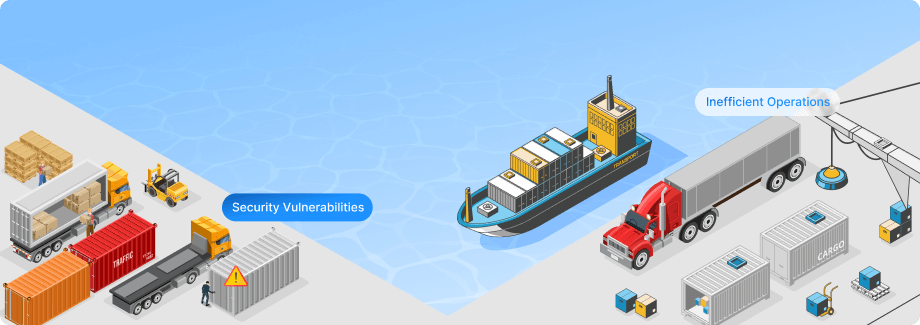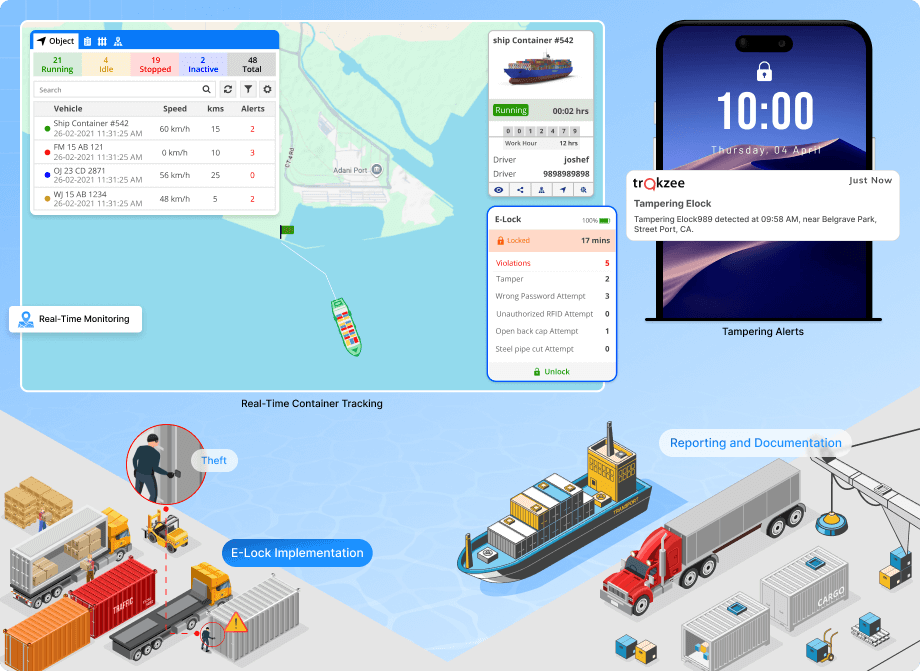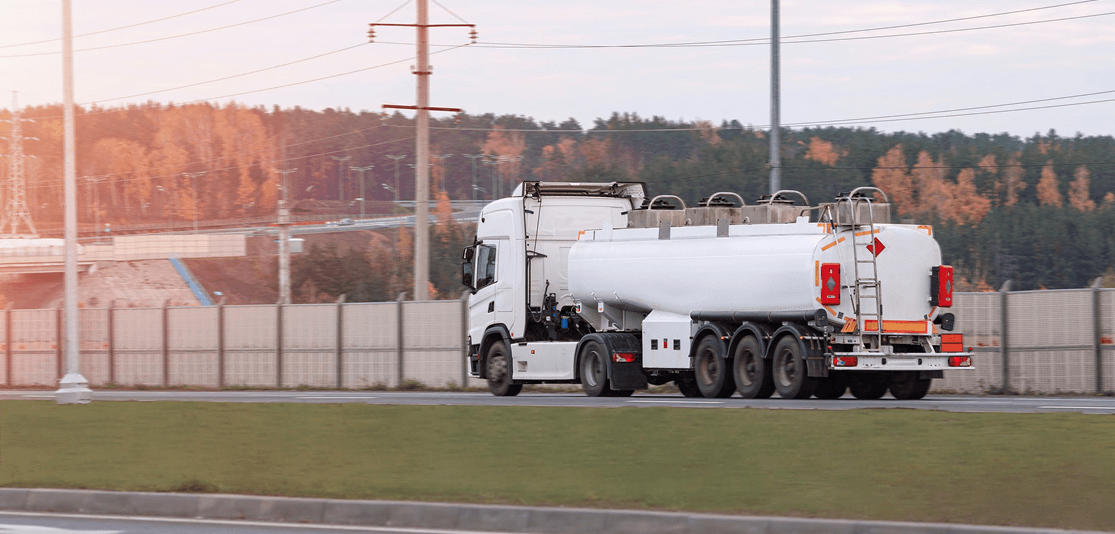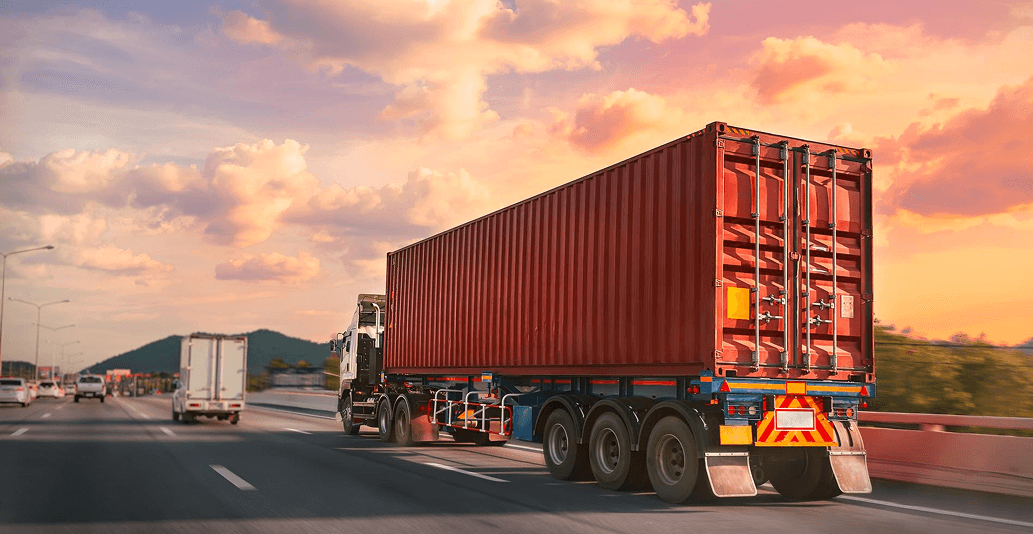Port authority manages a busy maritime port with a high volume of cargo containers arriving and departing daily. Ensuring the security of cargo containers, and preventing unauthorized access are top priorities for the port authority.
E-Lock for Container Security in Maritime and Port Management
Introduction
Challenges
- Security Vulnerabilities: In the absence of E-locks, cargo containers are secured using traditional mechanical locks and seals, which are prone to tampering, duplication of keys, and unauthorized access.
- Lack of Real-time Visibility: It is challenging for port management to know the exact location and security status of each container.
- Inefficient Operations: Port operations rely on manual inspections and physical checks, leading to delays in cargo handling. It increases labor costs, and a higher risk of human error.
- Security Incidents: Theft, tampering, or unauthorized access incidents are difficult to detect promptly. This leads to potential losses, insurance claims, and damage to the port’s reputation.
Solution
- E-Lock Implementation: E-locks are installed on cargo containers arriving at the port. These E-locks are equipped with electronic keys, sensors and GPS tracking capabilities.
- Real-Time Monitoring: The E-lock system allows real-time monitoring of the lock status of each E-lock. Any unauthorized attempt to open the container triggers immediate alerts.
- Tampering Alerts: E-locks are tamper-evident and can trigger immediate alerts in case of tampering or unauthorized access attempts.
- Reporting and Documentation: The system maintains a comprehensive database of container access and movements. Detailed reports are generated for compliance, security, and operational analysis.
Results
- Improved Safety: The implementation of driver behavior monitoring significantly reduced instances of unsafe driving practices. It lead to a decrease in accidents and near misses during emergency responses.
- Faster Response Times: Optimized routes and real-time tracking lead to significantly faster response times. It improved the department’s ability to save lives and mitigate property damage.
Let’s Move Forward, Together
Share your details and we’ll guide you from here.




